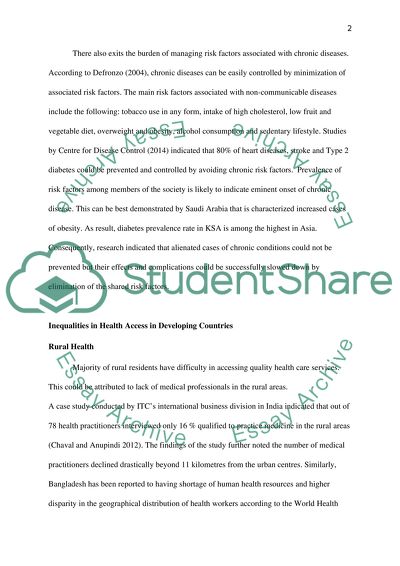Cite this document
(“TECHNOLOGY ACCEPTANCE ISSUES FOR A MOBILE APPLICATION TO SUPPORT Literature review”, n.d.)
TECHNOLOGY ACCEPTANCE ISSUES FOR A MOBILE APPLICATION TO SUPPORT Literature review. Retrieved from https://studentshare.org/information-technology/1644859-technology-acceptance-issues-for-a-mobile-application-to-support-chronic-disease-patients-in-saudi-arabia
TECHNOLOGY ACCEPTANCE ISSUES FOR A MOBILE APPLICATION TO SUPPORT Literature review. Retrieved from https://studentshare.org/information-technology/1644859-technology-acceptance-issues-for-a-mobile-application-to-support-chronic-disease-patients-in-saudi-arabia
(TECHNOLOGY ACCEPTANCE ISSUES FOR A MOBILE APPLICATION TO SUPPORT Literature Review)
TECHNOLOGY ACCEPTANCE ISSUES FOR A MOBILE APPLICATION TO SUPPORT Literature Review. https://studentshare.org/information-technology/1644859-technology-acceptance-issues-for-a-mobile-application-to-support-chronic-disease-patients-in-saudi-arabia.
TECHNOLOGY ACCEPTANCE ISSUES FOR A MOBILE APPLICATION TO SUPPORT Literature Review. https://studentshare.org/information-technology/1644859-technology-acceptance-issues-for-a-mobile-application-to-support-chronic-disease-patients-in-saudi-arabia.
“TECHNOLOGY ACCEPTANCE ISSUES FOR A MOBILE APPLICATION TO SUPPORT Literature Review”, n.d. https://studentshare.org/information-technology/1644859-technology-acceptance-issues-for-a-mobile-application-to-support-chronic-disease-patients-in-saudi-arabia.


